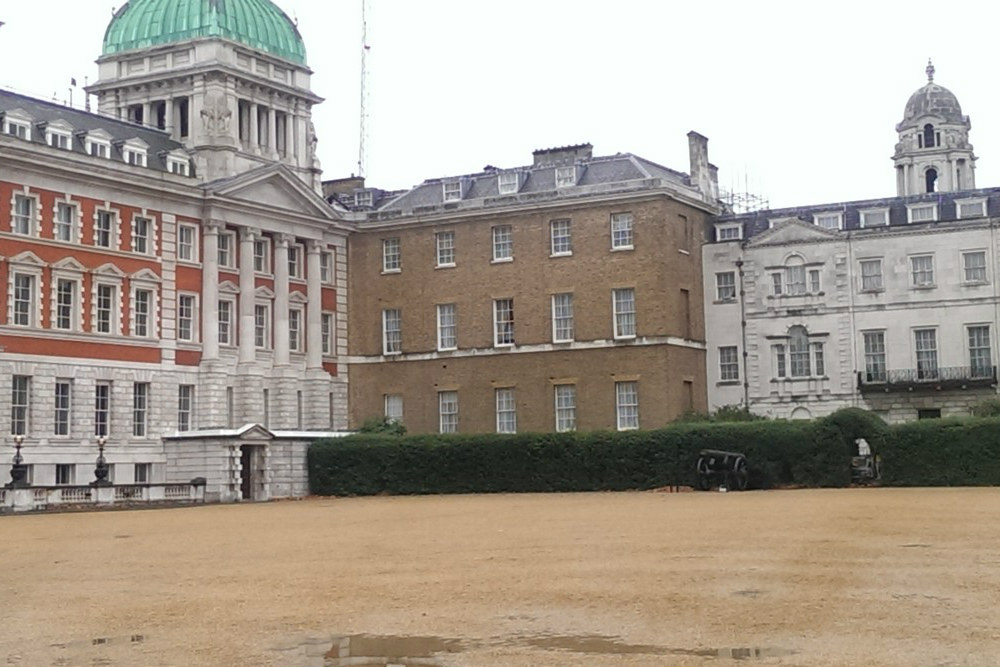Steinbach, Julius
- Date of birth:
- November 3rd, 1894 (Melsungen/Hessen, German Empire)
- Date of death:
- January 7th, 1981 (Germany)
- Nationality:
- German
Biography
Steinbach entered naval service during the First World War. He served aboard SMS Freya and SMS Thüringen, participating in the pivotal Battle of Jutland (Skagerrak-Schlacht) in 1916. From 1917 to 1918, he was posted to SMS Westfalen and later trained at the U-Boat School, reflecting Germany’s strategic emphasis on submarine warfare.
After the war, Steinbach joined the Brigade Ehrhardt, a Freikorps paramilitary unit active during the turbulent Weimar years. He returned to naval service in the 1920s, serving with the I. Schiffsstamm Division and aboard the cruiser Arcona. He commanded the tenders Drache and Hay, and later served as Watch Officer on the battleship Schlesien.
In the 1930s, Steinbach held several administrative and command roles, including Chef of VI. Marineartillerieabteilung (M.A.A.) and Artillery Officer aboard the cruiser Emden. From 1932 to 1939, he was stationed at the Wilhelmshaven Fortress, overseeing coastal fortifications.
During World War II, Steinbach returned to active sea duty aboard the Emden and served as Artillery Inspector. From 1940 to 1942, he held a series of increasingly critical coastal defense roles: he was Commander of II. M.A.A., Artillery Commander for the Pas-de-Calais, and Naval Commandant of the Channel Islands. These postings placed him at the heart of Germany’s Atlantic Wall defenses, overseeing strategic sectors facing Britain. He also served as Chief of Staff for heavy naval artillery units.
From 1942 to 1945, Steinbach was posted to Wehrbezirkkommando Hamburg, where he became Regimental Commander of the 2nd Defense Regiment Hamburg, a role that extended into the final phase of the war.
After Germany’s defeat, Steinbach transitioned to civilian life. From 1945 to 1947, he worked at a textile factory in Melsungen, and from 1948 to 1960, he served as Managing Director of the East Frisian Oxygen Works (Ostfriesisches Sauerstoffwerk Orb) in Emden.
Do you have more information about this person? Inform us!
- Period:
- First World War (1914-1918)
- Period:
- Second World War (1939-1945)
- Period:
- Second World War (1939-1945)






